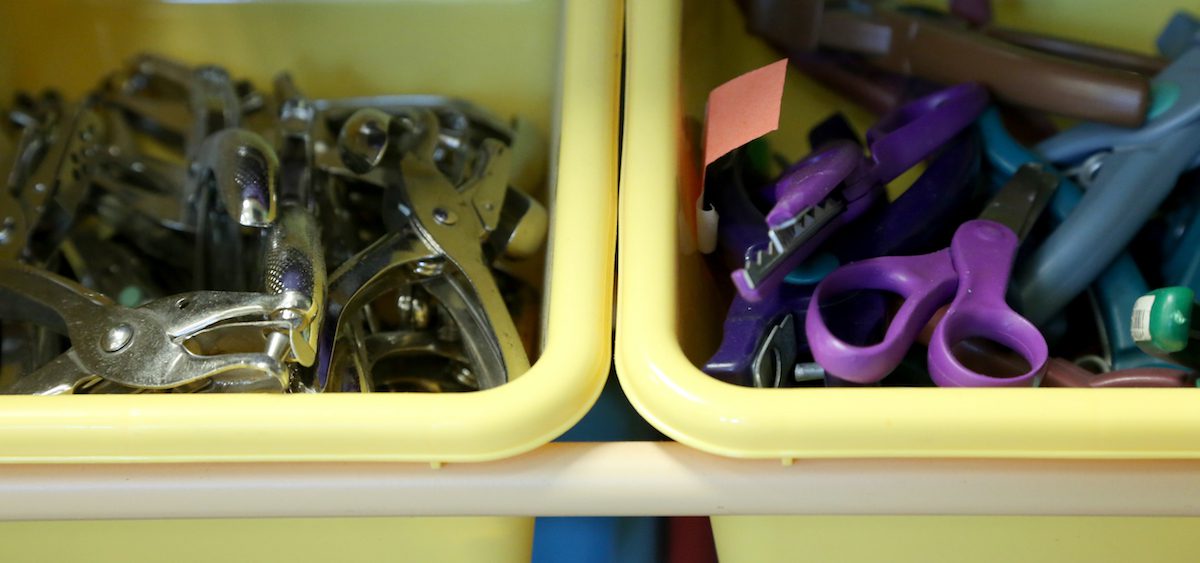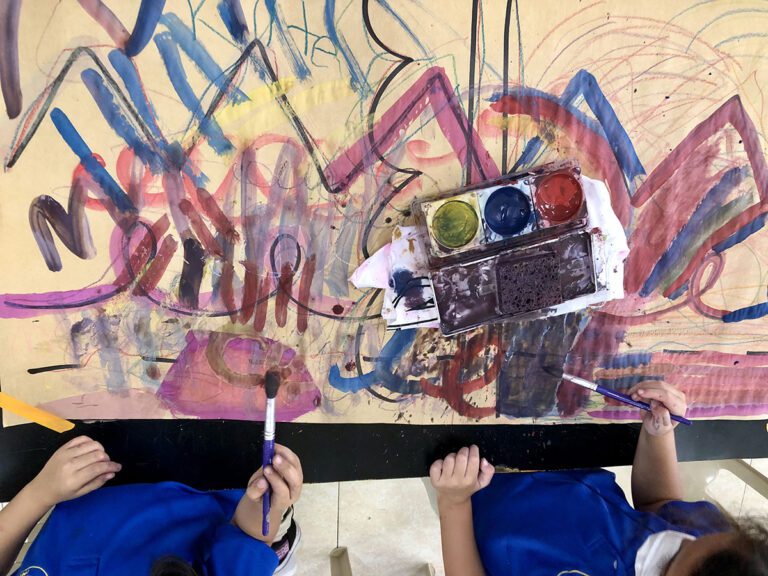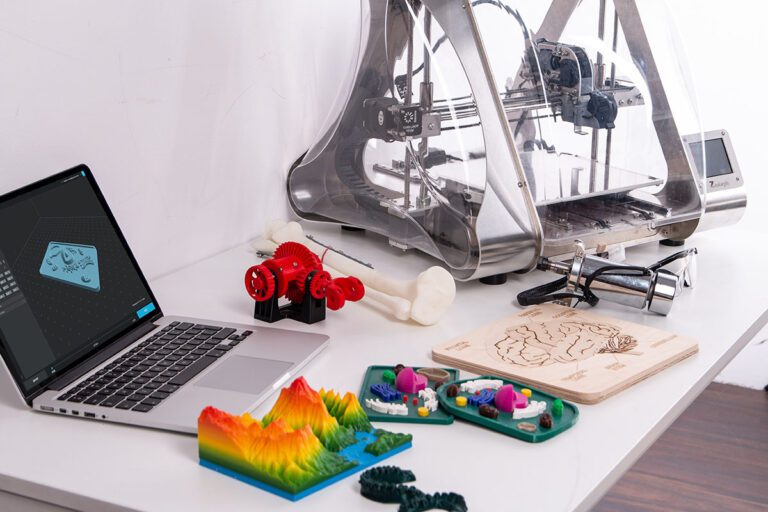You’ve been struck by amazing, meaningful, student-directed work. You value student choice and see the many benefits of including it in your program. You are ready to transition to TAB! It’s a wonderful feeling when you are committed to embarking on a major change in how teaching and learning look in your classroom, but it’s also a little intimidating.
If you are wondering how to go about introducing your students to TAB, the four following tips are good places to start thinking and planning.
1. Read the book.
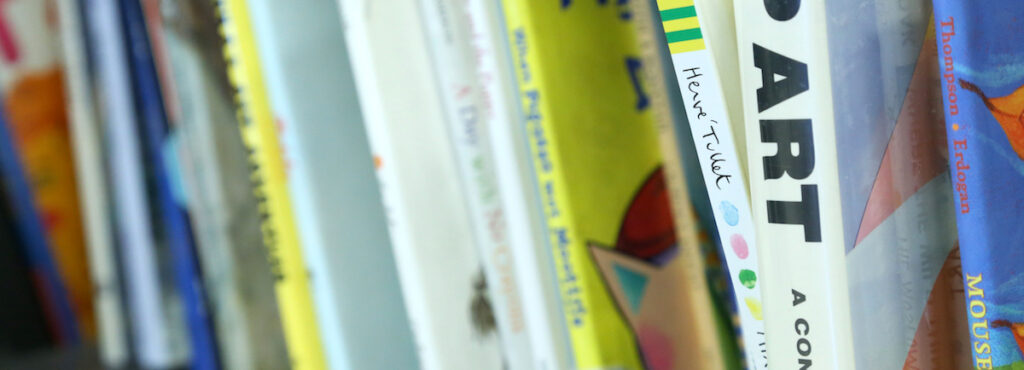
TAB is philosophy-based. There is no set plan to follow, which means it’s important to understand the reasoning behind the approach so you can apply it to your own teaching. Before you implement TAB in your classroom, I recommend you read one (or all) of the following books:
- Engaging Learners Through Artmaking
- The Learner-Directed Classroom
- Choice Without Chaos
- The Open Art Room
(publishing spring of 2017)
Once you understand the philosophy behind TAB, you can apply it to the needs of your program. If you are looking for additional resources, the founders of TAB run a summer institute at Massachusetts College of Art and Design. AOE also offers an online course which provides an overview of choice-based teaching approaches. In addition, online groups are a great way to find supportive communities and answers to your questions. I highly recommend the Facebook group Midwest TAB-Choice Art Teachers for any grade level and the group High School TAB for secondary teachers.
2. Plan how to make the switch.
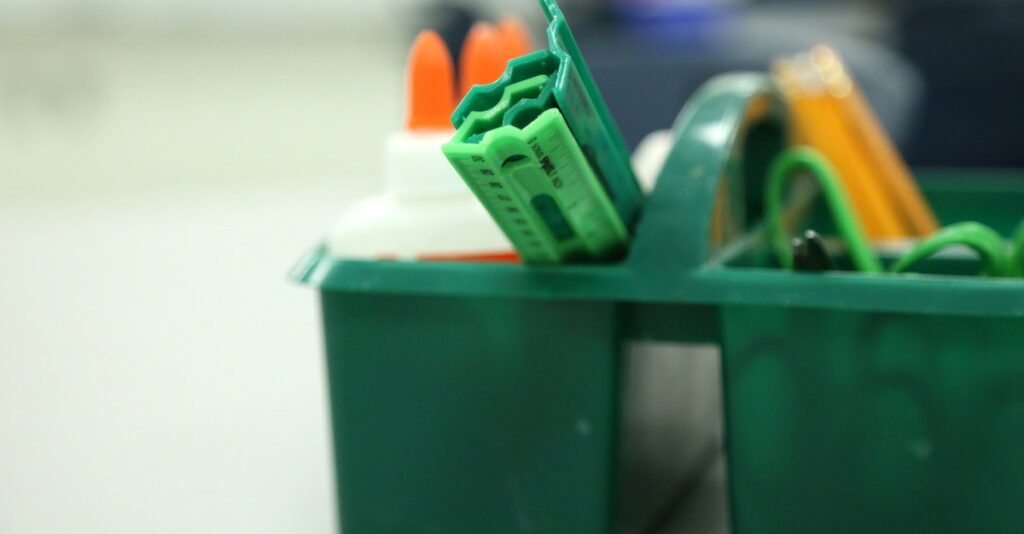
I’ve talked to people who spend months drawing up curriculum plans before formally submitting their ideas for approval, and I’ve also seen people introduce choice slowly over time. My experience was much less formal and planned. I tried it in one class and loved it so much I implemented it in all my classes. I did not ask for permission or even tell anyone what I was doing, I just went for it.
How you decide to transition to TAB depends on your personal preferences, the needs of your students, and your school culture.
Here are some things to consider.
- How will you communicate to students about why you are changing the structure of the art experience they are used to? How will class look different? What new privileges and expectations will students have?
- What do you need to tell parents and your school community about TAB? How will you explain why student work might look less polished? What arguments will you use for why you value students using their own ideas to make art?
3. Have key functions in place.
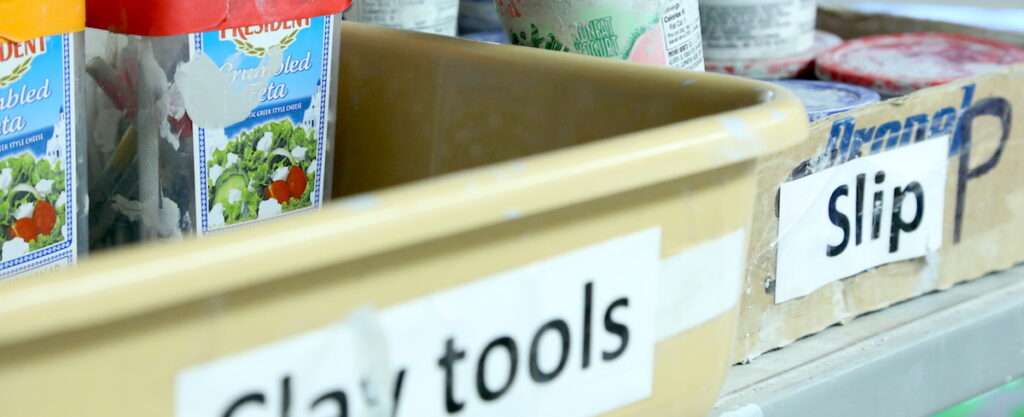
Organization and classroom management are essential for any classroom to run smoothly.
TAB’s increased expectations for student responsibility make it even more important to have these components in place.
Procedures
Having clear procedures for the different parts of class are key. Think about how you will have students select centers, access materials, clean up and more.
Idea Generation
Coming up with an idea for art-making is a teachable skill and one that will help your program run smoothly. Some students will do this easily without any help from you, but others will need support to develop their ability to generate ideas. Mini-lessons can help with this, so can a research center. In my experience, the older students are, the more support they need with feeling confident finding and pursuing inspiration. I teach my high-school students this thinking process to develop ideas, which supports them as they develop the skills needed to work self-directly.
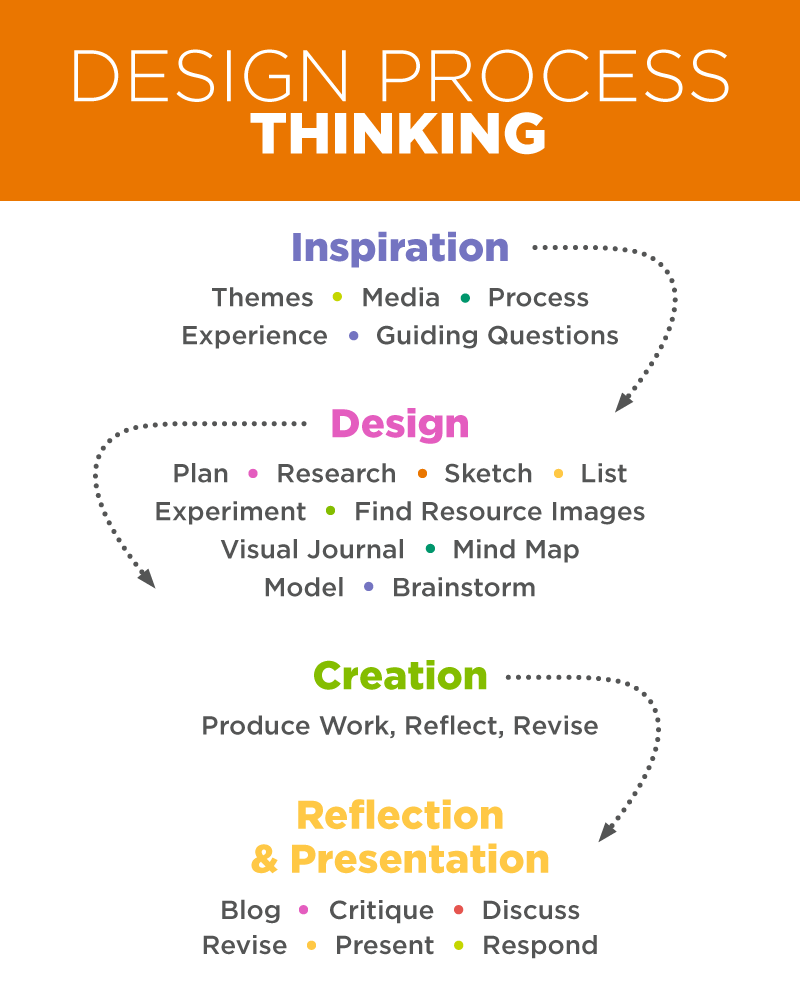
Organization
Often, TAB classrooms are organized into workstations called centers. At these centers, the materials students need are readily available. Signs and labels keep things organized while anchor charts remind students about specific art making processes. Don’t underestimate the value of well-designed visuals. They can act as extra “teachers” around the room, helping students to answer common questions and work independently.
4. Identify learning goals and plan assessment.
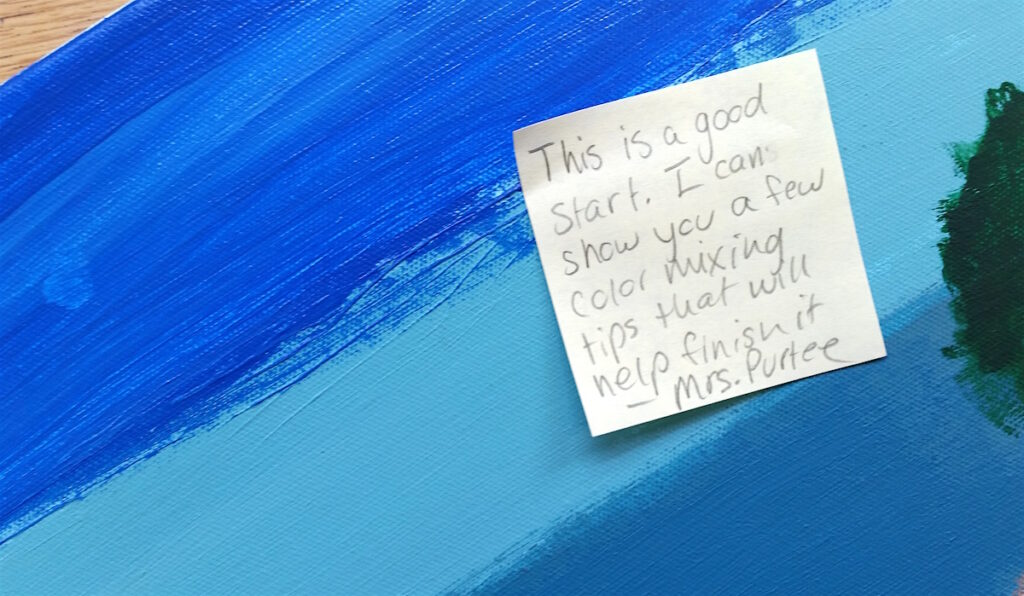
Teaching and grading can look different in a TAB classroom because it’s more about developing a student’s ability to plan and make art than it is about an end product. Think about what sort of artistic decisions you want your students to make and how you’ll help guide them to do so.
For example, in my elementary classroom, I’d plan a short mini-lesson that addressed a specific standard and teach it at the beginning of class. I’d assess what students learned during my instruction as they worked in centers by observing their process through the art they created and through discussion.
Switching from a more traditional model to a TAB classroom will take planning, organization, and a lot of thought. But, the increased student choice and the meaningful learning make this change one worth considering.
Have you switched to TAB?
What tips do you have for teachers who are planning on making the shift?
Magazine articles and podcasts are opinions of professional education contributors and do not necessarily represent the position of the Art of Education University (AOEU) or its academic offerings. Contributors use terms in the way they are most often talked about in the scope of their educational experiences.
